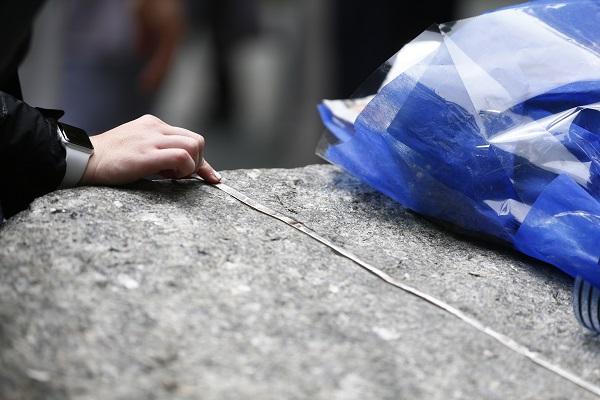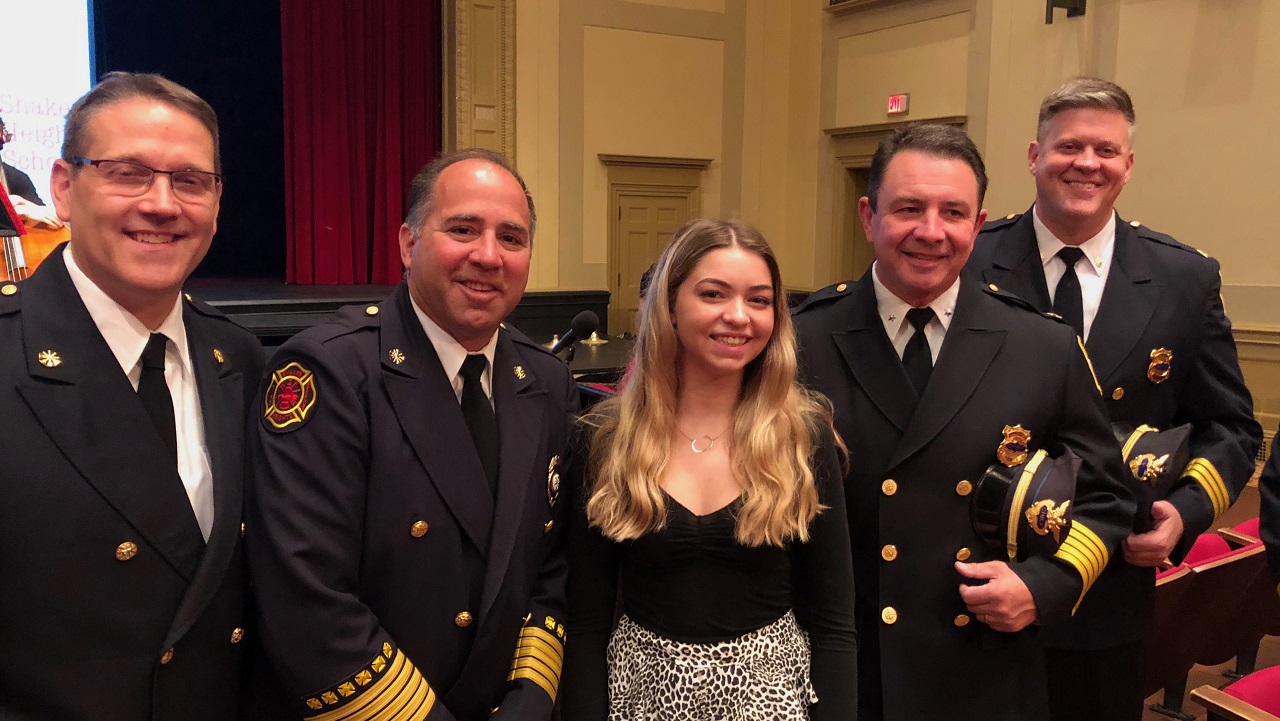Musician Recalls Coordinating the Volunteer Effort at Ground Zero
Musician Recalls Coordinating the Volunteer Effort at Ground Zero

After the terrorist attacks of September 11, 2001, lower Manhattan resident Valerie Ghent found herself living in the “frozen zone”—the part of the city closest to the World Trade Center site where access was restricted.
Emergency personnel and barricades lined 14th Street, north of Ghent’s home in the West Village. Schools, courthouses, and most businesses were closed. Subway service was disrupted, and public bus service stopped. Bridges, tunnels, and roadways were barred to all vehicles except those needed in rescue and recovery efforts. Proof of residence was required for civilians to enter the restricted area.
While her neighborhood remained isolated from the rest of the city, Ghent, a professional musician, felt compelled to get involved. She volunteered her time to gather, organize, and disseminate supplies to workers at Ground Zero.
“Part of what happened as a musician after 9/11 was everything was canceled,” Ghent told the 9/11 Memorial Museum in an oral history recording. “So I had time because I didn’t have any work.”
Ghent traveled to Pier 40 on the Friday after the attacks to an impromptu supply station. “It wasn’t like anybody was clearly from the Salvation Army or somewhere else,” she said. “It was just a group of people that came together and spontaneously started doing this.”
Ghent embedded with a community of volunteers, and a network soon emerged. In her oral history, Ghent described how they met the need for the most basic equipment:
Because I ran this music night, I had an e-mail list already that I would send music announcements on. Once I saw the list of what they needed, the supplies they needed, I just typed it up and sent it out on my list. And we would just go from tent to tent and find out what people needed. “This tent needs this stuff, the Fire Department tent needs that, the medical examiners need this.” And then we would go back and either pull the stuff together from the supplies we had, or some of us would get on the phone and try to get donations.
The thing that really broke my heart the most was seeing the physical guys on the site who did not have the supplies they needed to do their job. And the biggest thing that we embarked on were buying these Carhartts for everybody. I mean jackets and pants, the whole thing. It was a huge project, and it was one that was tremendously important. I mean these were guys who were out there freezing, doing the work, they’re on the pile. You know when they would show film clips or TV clips of the guys digging on the pile, those were all tools we gave them.
Ghent noted that early in the recovery period, the most-requested items were respirators, Vicks VapoRub, duct tape, boot insoles, medical supplies, and ChapStick. She also took personal requests. A recovery worker would ask for a size-12 pair of boots, for example, and when she found them in the stockpile, she would ride down to Ground Zero on her bicycle to deliver them personally.
Ghent volunteered from the immediate aftermath of 9/11 until the end of the recovery period in May 2002. She later produced an album comprised of recovery workers’ music and poetry about their work at the World Trade Center site.
By Elizabeth Fischetti, Exhibition Coordinator, 9/11 Memorial & Museum
Previous Post
Member of Class of 2020 Born on 9/11 Reflects on the Power of Coming Together

The #classof2020 was born on and around 9/11, and we are the generation of kids—now adults—that knows what it means to live in a healing world and to help the world heal. We’re filled with hope and ready to play our part.
Next Post
Behind the Collection: Rehousing Diverse Artifacts at the 9/11 Memorial & Museum
Collections management staff at the 9/11 Memorial Museum reflect on some of the more challenging custom housing solutions they've produced for the Museum's vast collection.